As a cat parent, few things are as unsettling as watching your feline friend refuse their favorite meal. Whether it’s a sudden aversion to tuna or a prolonged hunger strike, a cat’s refusal to eat is more than just pickiness—it’s a red flag. Cats are masters at masking discomfort, but their appetite speaks volumes. Ignoring this sign could be life-threatening: Research from the Journal of Feline Medicine (2024) warns that cats who go without food for 48–72 hours risk hepatic lipidosis, a deadly liver condition. Let’s cut through the guesswork and dive into the 10 most urgent reasons your cat might be avoiding their bowl—and exactly how to act.
1. Dietary Disruptions: The Silent Saboteur
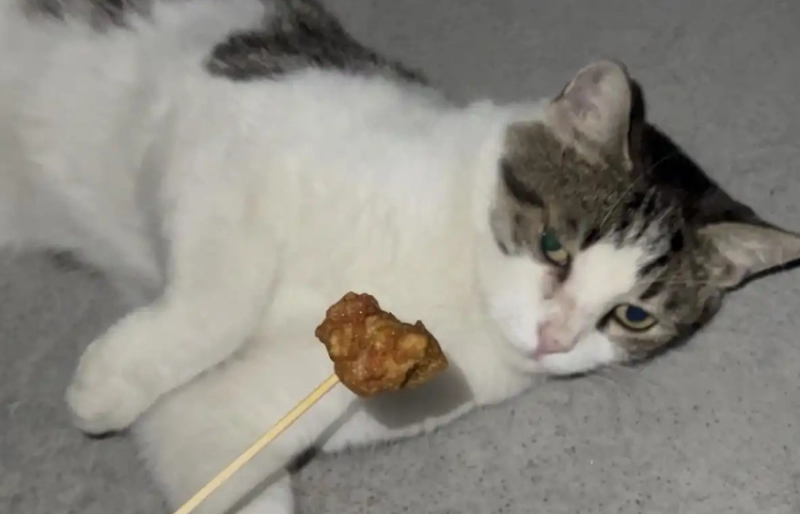
Cats are creatures of habit. A sudden switch in food brand, texture, or temperature can trigger a hunger strike. For example, a 2024 study by Dr. Joshua Montgomery at the Meng Cat Clinic found that 65% of cats reject new foods if introduced abruptly. Solution: Transition diets gradually over 7–10 days. Mix 25% new food with 75% old food initially, increasing weekly. Warm wet food to 98.6°F (37°C) to enhance aroma, as cats rely heavily on scent.
2. Stress & Environmental Upheaval
Did you recently move? Adopt another pet? Even rearranged furniture? Cats thrive on routine, and disruptions can suppress appetite. A 2023 Cornell Feline Health Center report linked environmental stress to 40% of appetite-loss cases. Personal observation: My own cat, Snowball, refused meals for three days after we relocated. Solution: Create a “safe zone” with familiar bedding, toys, and pheromone diffusers (like Feliway). Feed in quiet areas away from high-traffic zones.
3. Dental Disease: The Hidden Agony
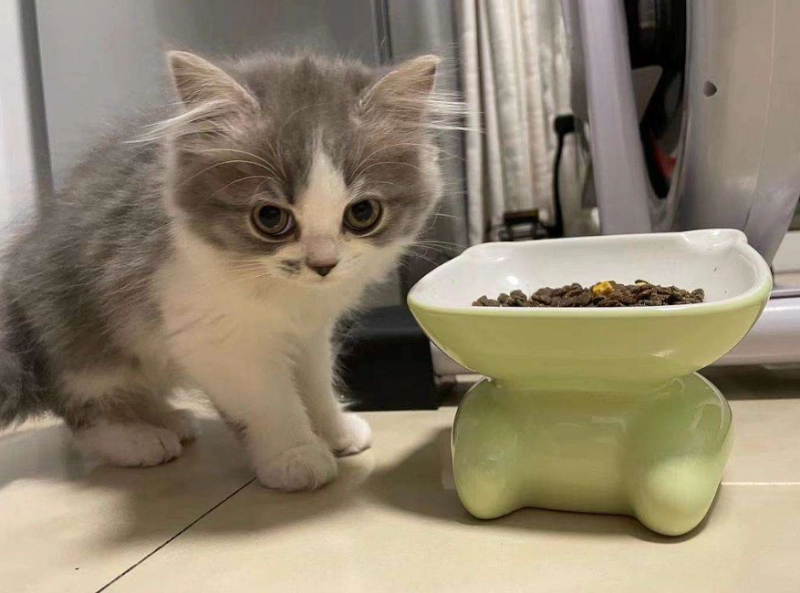
Over 90% of cats over age 4 suffer from dental issues like gingivitis or tooth resorption. If your cat paws at their mouth, drools, or prefers soft food, pain is likely. Case in point: A 2024 Royal Canin survey found that 78% of cats with dental pain ate 50% less. Solution: Schedule a vet exam. Treatments range from antibiotics to tooth extractions. Meanwhile, offer pureed chicken or bone broth for easier consumption.
4. Gastrointestinal Blockages & Illnesses
Hairballs, foreign objects (like rubber bands), or conditions like pancreatitis can paralyze digestion. Critical sign: Vomiting paired with appetite loss. In 2025, the ASPCA Animal Poison Control noted 12% of blockage cases required surgery. Solution: Avoid home remedies unless vet-approved. For hairballs, use malt paste (e.g., Tomlyn) and brush your cat daily.
5. Organ Failure: Kidney & Liver Crisis

Chronic kidney disease (CKD) affects 30% of senior cats, causing nausea and appetite loss. Liver issues like triaditis (simultaneous inflammation of liver, pancreas, and intestines) are equally dire. Diagnostic tip: Check for yellowing gums (jaundice) or dark urine. Solution: Prescription diets (e.g., Hill’s k/d) and subcutaneous fluids can extend quality of life.
6. Respiratory Infections: When Smell Fades
Cats with congested noses can’t smell food—a dealbreaker since olfaction drives 90% of their appetite. Herpesvirus is a common culprit, marked by sneezing or eye discharge. Pro tip: Steam therapy (run a hot shower, let your cat inhale vapor for 10 minutes) can clear nasal passages.
7. Heart Disease: A Quiet Killer
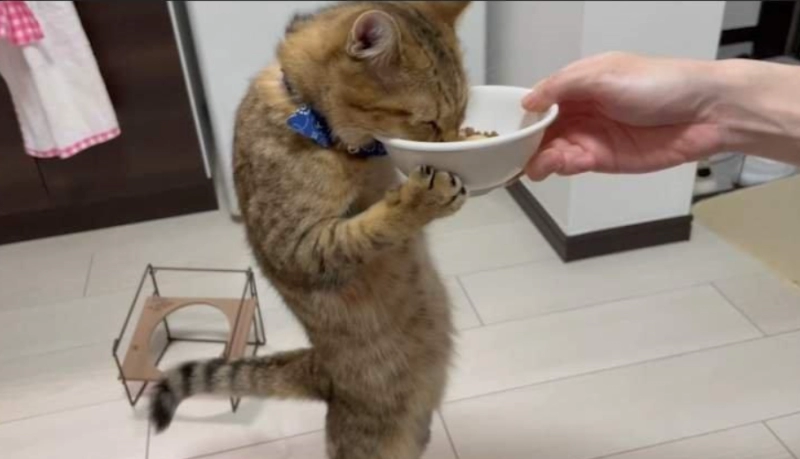
Feline cardiomyopathy often goes unnoticed until appetite plummets. Watch for lethargy, rapid breathing, or cold limbs. 2024 data from the UC Davis Veterinary Hospital showed 22% of cats with heart disease stopped eating entirely. Treatment: Medications like pimobendan and oxygen therapy can stabilize patients.
8. Toxins & Poisoning
Lilies, human medications, or rodenticides are lethal. Key symptom: Sudden appetite loss + vomiting. The Pet Poison Helpline (2025) recorded 8,000+ feline toxin cases annually, with 15% fatal. Action: Rush to an ER vet. Do NOT induce vomiting unless instructed.
9. Cancer: The Uninvited Guest
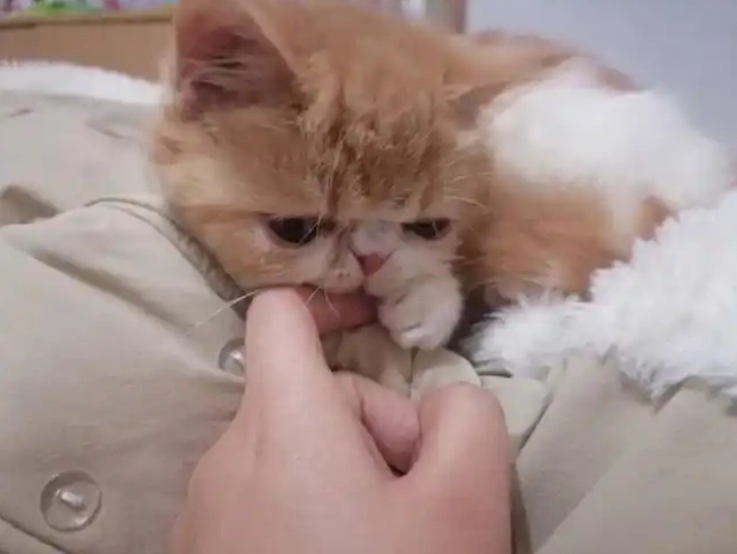
Lymphoma and oral cancers are prevalent in older cats. Red flags: Weight loss despite normal eating or mouth ulcers. The Animal Cancer Foundation (2025) emphasizes that early chemo or radiation improves survival rates by 40%.
10. Psychological Factors: Depression & Anxiety
Grief over a lost companion or neglect can suppress hunger. Clinical insight: A 2024 Tufts University study found 34% of cats with separation anxiety ate 30% less. Solution: Interactive play (e.g., feather wands) and SSRI medications (like fluoxetine) under vet guidance.


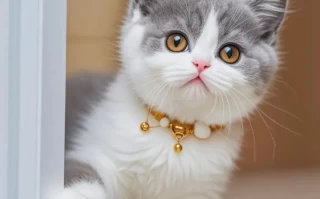
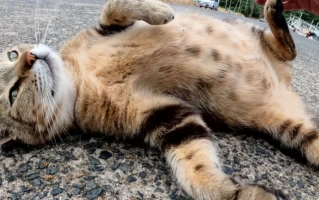
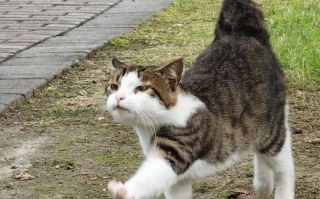
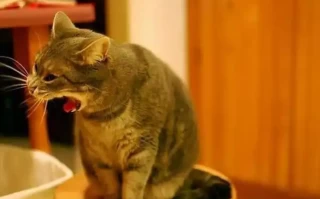
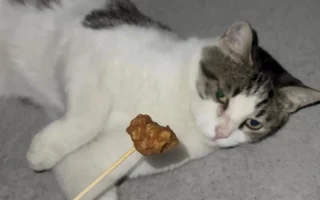
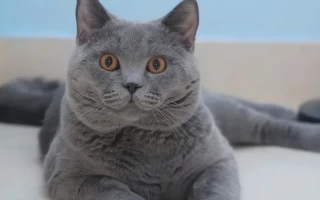
No comments yet, come on and post~